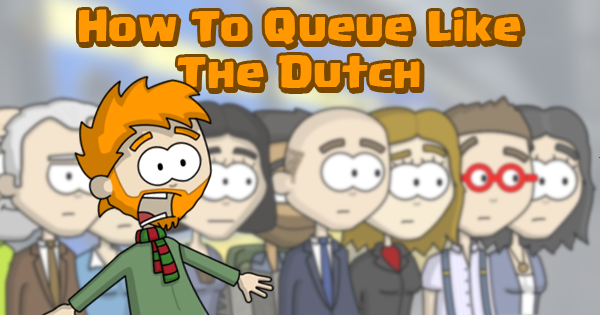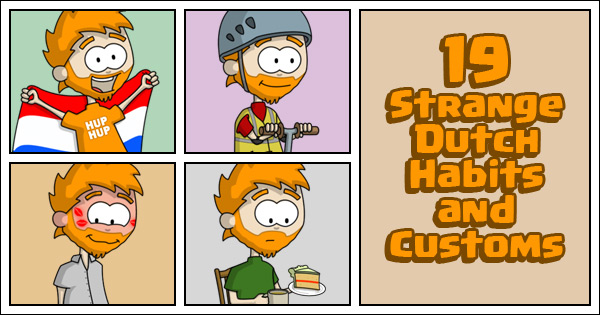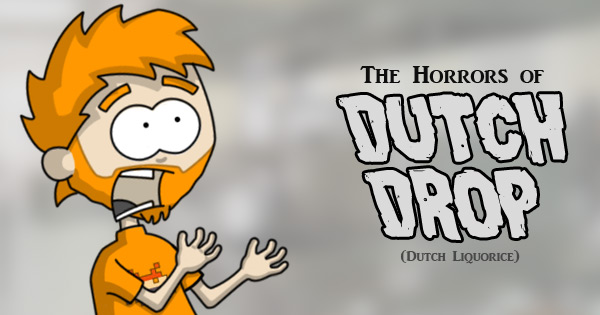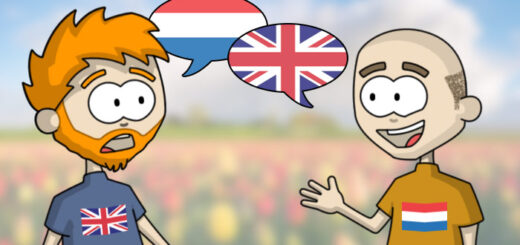How To Queue Like The Dutch and Survive

As a stereotypical Englishman I have a particular (and some would say unhealthy) interest in queuing. Most English people do. It is a natural instinct for us to wait in lines. We might complain about the queue once we are in it but this is all just part of the tradition. The English like queues. We just don’t like waiting. We like the sense of order and rules. It is comforting that even if we have to wait an annoyingly long time at least there is a system.
Queue Like The Dutch
As an Englishman queuing in The Netherlands has taken some time to get used to. In Holland queuing is an extreme sport. There are no rules, only survivors. The most extreme cases of this can be observed when attempting to board a busy train in The Netherlands. This is something that I have to do daily. I have had a lot of time to analyse it scientifically and take notes. There are several steps to what can be loosely termed ‘queuing in The Netherlands’. Here is everything you need to know to queue like the Dutch.
Step 1: The Cluster
Preparations begin the moment the train is spotted in the distance. The Dutch start moving towards the edge of the platform. They try to predict where a train door will end up and defend that spot from others. This causes small clusters of people to form around the predicted door locations. However, they never get it right. These small clusters of people end up shuffling along the platform, trying to follow their chosen door, as the train slowly comes to a stop. This often causes them to walk backwards into other people, swallowing them up into their group.
Step 2: The Gap
Eventually the train comes to a stop. The clusters of people around each of the train doors will re-form slightly, creating a narrow gap. This gap is for the people exiting the train. However, it is more of a gesture than a practical exit route. The gap is kept as narrow as possible. This is to avoid people of the back the waiting group using it to gain ground.
Step 3: Hold The Line
As passengers exit the train the people on the outer edges of the cluster already start to get restless. They shuffle and move around, trying to see how much longer they have to wait. If they see any weakness within the group they will take it. Always be on your guard.
Step 4: The Collapse
As the last person exits the train the cluster of eager Dutch people will immediately collapse in on itself. Everyone tries to rush forward through the doors at the same time. Arms, elbows, bags, large suitcases, hot cups of tea or coffee and body mass are all legitimate strategies to keep people back and gain ground on others. A battle cry is optional.
If a passenger is too slow getting off the train before this happens they are doomed. They will be swept back up onto the train by the unstoppable current of oncoming passengers. They will find themselves at the next station before they realize what has happened.
In Conclusion:
If you survive and are able to board the train you are one of the lucky ones. You have discovered how to queue like the Dutch. Many people have not been so lucky.
Of course, if you have made it on to the train there is still one challenge that awaits you; The race to find a seat. Good luck.
Discover more strangeness about the Dutch in: 19 Strange Dutch Habits and Customs












This sounds like the premise for the Dutch version of The Hunger Games. “May the queue be in your favor.” :P
French queuing is fairly orderly, even if keeping a straight line isn’t fully respected, but when faced with the need to use public transportation or check in to a flight, all bets are OFF.
That would be fantastic, you’d start with a large number of contestants who have to fit in a double decker intercity, those who can’t get kicked out. You then take sprinters, trams and different sizes of busses until only one candidate remains.
So true Stu. My India experience comes in handy. i slowly move predicting the door position based on experience for the Intercity Direct, keep eyes open for any gaps to exploit and always have a hot coffee/tea that makes others wary of being too close to me while boarding, and have boarded just as the last chappie is getting off. when i visit Scotland the queing drives me nuts.
Thanks for sharing.
I have experienced it for over 6 years, luckily now I am just cycling to work. I thought it was just me seeing this whole pattern, sometimes I did laugh though why I was trying to predict the place where the door of the train will be and then failed miserably :-), I must say I became pretty good at it after all :-D. Another interesting part is when platform is changing in the last minute and whole crowd is running down and up the stairs to catch the train first and to follow again 4 steps you have mentioned. Oh yes, this happens often in Leiden Centraal. I always thoiught there must be someone from management team standing up there and looking at us running like crazy and just laughing and laughing…..
It has been like this on the buses in London for a long time. People don’t bother to que anymore, they just arrive at the bus stop and stand around, sometimes a few yards away. When the bus arrives its everyone for themselves.I even had a little old lady push me out of the way when I tried to board the bus and she had only just walked up to the bus stop.The first time I saw this behaviour was in Venice. We queued for the water bus with lots of tourists and Italians. You could tell who the Italians were, they were the ones with their elbows stuck out.Talk about a free for all.
Very, very true. It becomes worse when the train is full and the group of people in the train are forming a line at the door. Than it is a real struggle to even get in the train. How do they solve this kind of problem in England?
I don’t know if I can really say we solved it. It’s just different. Although, because of the way our trains are slightly differnt people do tend to move down the train carriage and use the whole thing rather than just stay by the doors.
Queue is a sport of getting to the front first in the Netherlands